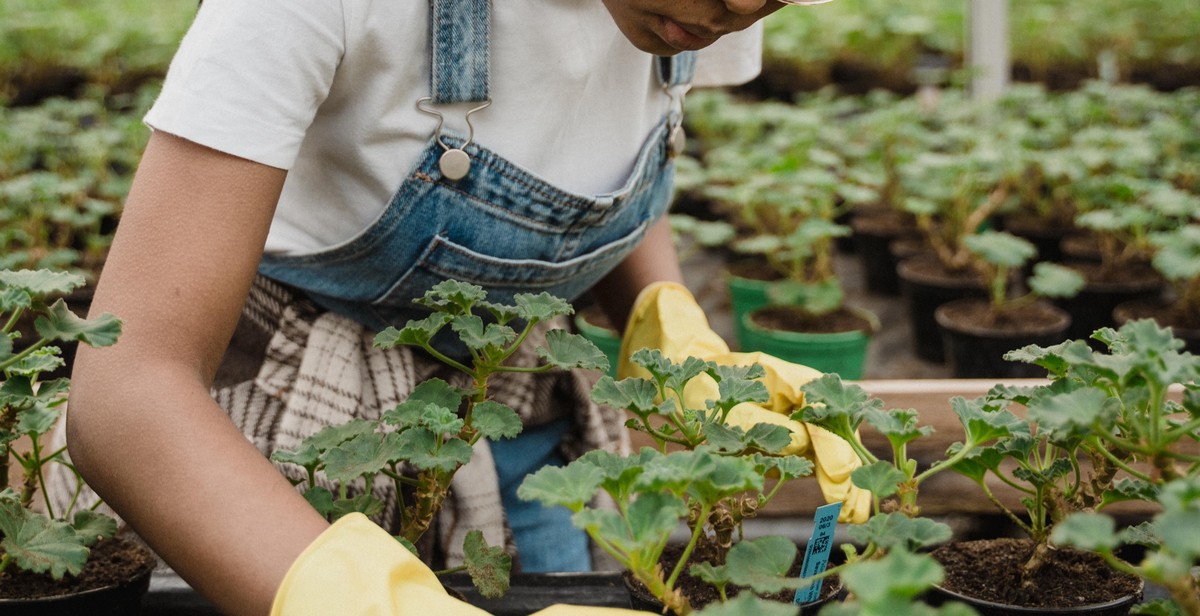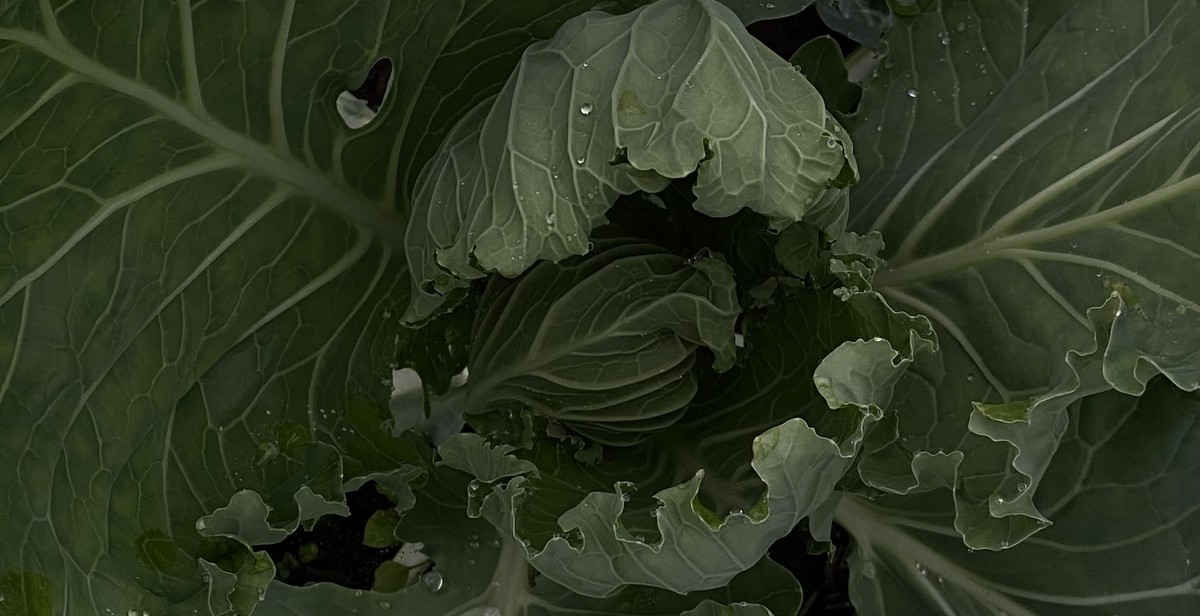How to Create a Vertical Farm in Your Apartment: Growing Food in Limited Space
With the rise of urbanization, the availability of space for agriculture has become a significant challenge. Vertical farming is a revolutionary solution that allows people to grow their food in limited space. It is a method of growing crops in vertically stacked layers, using artificial lighting, controlled temperature, and nutrient-rich water.
Why Vertical Farming?
Vertical farming has several benefits over traditional agriculture. Firstly, it allows people to grow food in urban areas, reducing the distance food has to travel to reach consumers. This reduces the carbon footprint associated with transportation and storage. Secondly, it uses less water than traditional farming methods, making it more sustainable in water-scarce areas. Thirdly, it allows for year-round crop production, eliminating the seasonal constraints of traditional farming. Finally, it uses less land than traditional farming, making it an ideal solution for areas where land is scarce.
With a little creativity and effort, anyone can create a vertical farm in their apartment. This article will provide a step-by-step guide on how to create a vertical farm in your apartment and grow fresh, healthy food all year round.

Choosing the Right Plants for Your Vertical Farm in Limited Space
When it comes to creating a vertical farm in your apartment, choosing the right plants is crucial for the success of your project. With limited space, it is important to select plants that will thrive in the conditions provided by your vertical garden.
Considerations for Small Spaces
Before choosing plants for your vertical farm, it is important to consider the space available. In a small apartment, you may not have access to natural sunlight or have limited space for large plants. Here are some considerations to keep in mind:
- Light: Choose plants that can thrive in low light conditions or invest in grow lights to supplement natural light.
- Size: Select plants that can grow tall instead of wide to make the most of your vertical space.
- Soil: Consider using a soilless growing medium or hydroponics to save space and reduce mess.
Best Plants for Vertical Farming
When choosing plants for your vertical farm, look for ones that are well-suited to growing in containers and can handle the limited space. Here are some of the best plants for vertical farming:
| Plant | Description |
|---|---|
| Lettuce | Grows well in containers and can be harvested multiple times. Prefers cooler temperatures. |
| Herbs (basil, mint, parsley, etc.) | Easy to grow in containers and add flavor to your meals. Can be harvested multiple times. |
| Strawberries | Compact plants that can produce fruit in small spaces. Requires plenty of sunlight. |
| Tomatoes | Can be grown in containers and produce fruit over a long period of time. Requires plenty of sunlight and support for the vines. |
| Peppers | Compact plants that can produce fruit in small spaces. Requires plenty of sunlight. |
By choosing the right plants for your vertical farm, you can maximize your space and produce a bountiful harvest in your apartment.

Designing Your Vertical Farm
Creating a vertical farm in your apartment requires careful planning and consideration of several factors. These include assessing your space, acquiring the necessary materials, and building your vertical farm.
Assessing Your Space
The first step in designing your vertical farm is to assess your available space. Look for areas in your apartment that receive sufficient sunlight and are easily accessible. Consider the size and shape of your space, as this will determine the type and number of vertical farming units you can install.
You should also consider the type of plants you want to grow and their space requirements. Some plants, such as herbs and leafy greens, can thrive in small spaces, while others, such as tomatoes and peppers, require more room.
Materials Needed
Once you have assessed your space, you will need to acquire the necessary materials for your vertical farm. These may include:
- Vertical farming units
- Grow lights
- Plant containers or pots
- Planting medium
- Plant nutrients
- Watering system
- Support structures
It is important to choose high-quality materials that are durable and designed for vertical farming. This will ensure that your vertical farm is safe, efficient, and productive.
Building Your Vertical Farm
Once you have acquired the necessary materials, it is time to build your vertical farm. The specific steps and techniques will depend on the type of vertical farming units you are using, as well as your space constraints and plant requirements.
Generally, you will need to install your vertical farming units, set up your grow lights, fill your plant containers with planting medium, and add your plants and nutrients. You may also need to install a watering system and support structures to ensure that your vertical farm is stable and secure.
It is important to follow the manufacturer’s instructions and guidelines when building your vertical farm, as well as to regularly monitor and maintain your plants. With proper planning and care, your vertical farm can provide a sustainable and rewarding source of fresh produce in your limited apartment space.

Maintaining Your Vertical Farm
Vertical farming is a great way to grow your own food in limited space. However, like any type of farming, it requires proper maintenance to ensure the healthy growth of your plants. Here are some tips on how to maintain your vertical farm:
Watering and Fertilizing
Watering and fertilizing are essential for the healthy growth of your plants. Make sure to water your plants regularly, but be careful not to overwater them as this can lead to root rot. The frequency of watering depends on the type of plant and the environment, so it’s important to monitor the soil moisture levels and adjust accordingly.
Fertilizing is also important to provide the necessary nutrients for your plants to grow. Use organic fertilizers and follow the instructions on the package for the appropriate amount and frequency of application.
Pest Control
Pests can wreak havoc on your vertical farm, so it’s important to take preventative measures to keep them at bay. One way to do this is to regularly inspect your plants for signs of pests and remove any affected leaves or plants immediately. You can also use natural pest control methods such as introducing beneficial insects or using organic pesticides.
Harvesting Your Crops
Harvesting your crops is the most rewarding part of vertical farming. Make sure to harvest your crops at the right time to ensure maximum flavor and nutritional value. Different plants have different harvesting times, so it’s important to research the specific needs of each plant. Also, be sure to properly clean and store your harvested crops to ensure their longevity.
| Watering and Fertilizing | Pest Control | Harvesting Your Crops |
|---|---|---|
| – Water regularly, but don’t overwater – Use organic fertilizers – Monitor soil moisture levels |
– Regularly inspect plants for pests – Remove affected leaves or plants – Use natural pest control methods |
– Harvest at the right time – Research specific needs of each plant – Clean and store properly |

Conclusion
Creating a vertical farm in your apartment is an excellent way to grow fresh produce in limited space. By using vertical space, you can maximize the amount of food you can grow while minimizing the space you need to grow it.
Benefits of Vertical Farming
Vertical farming has many benefits, including:
- Reduced water usage
- Reduced use of pesticides and herbicides
- Year-round growing
- Reduced transportation costs and emissions
- Increased food security
Getting Started
If you’re interested in creating a vertical farm in your apartment, start by assessing your space and researching the best plants to grow in your environment. Consider purchasing a vertical planter or building your own using materials like PVC pipes or wooden pallets.
Final Thoughts
Vertical farming is a great way to grow fresh produce in your apartment, and it’s an eco-friendly and sustainable choice. With a little bit of planning and effort, you can create a thriving vertical farm that will provide you with fresh, healthy food year-round.
